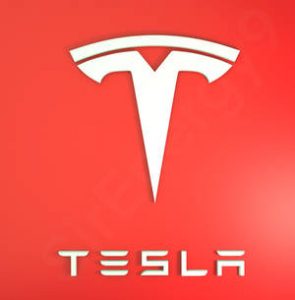
EU antitrust regulators are scrutinizing SES’s $3.1 billion bid to acquire Intelsat, probing whether SpaceX’s Starlink poses a credible rival in the satellite communications market. The European Commission’s review could shape the future of Europe’s space industry.
The Commission has sought feedback from customers of SES and Intelsat to assess Starlink’s competitive impact. According to Reuters, the questionnaire asks if low-earth orbit (LEO) satellite providers like Starlink and Eutelsat’s OneWeb are viable competitors for two-way satellite capacity. It also explores whether LEO suppliers are winning tenders and contracts and their potential to influence competition over the next five years. Additionally, regulators are evaluating customers’ bargaining power and ability to switch to rival suppliers.
SES operates a fleet of about 70 multi-orbit satellites for video broadcasting, government communications, and broadband internet. It aims to scale up through the acquisition of Intelsat. The move is part of a broader push in Europe to bolster home-grown satellite solutions, countering U.S. giants like SpaceX’s Starlink and Amazon’s Project Kuiper.
SES is in talks with the EU Commission and a few European governments to complement Starlink services, addressing concerns over reliance on foreign providers.
“Now the discussions are much more strategic in nature. They’re much more mid-term, long-term. And what we’re seeing is that all of the European governments are serious about increasing their defense spending. There are alternatives, not to completely replace Starlink, that’s not possible, but to augment and complement Starlink,” said SES CEO Adel Al-Saleh.
The EU Commission’s preliminary review of the SES-Intelsat deal is expected to conclude by June 10. The preliminary review will determine whether the SES-Intelsat deal is cleared outright, requires concessions, or faces a full-scale investigation if significant concerns arise. As Europe seeks to strengthen its space-based communication resilience, the outcome could redefine competitive dynamics in the satellite sector.
With Starlink’s LEO technology disrupting traditional satellite services, the Commission’s findings will signal how Europe balances innovation with strategic autonomy. SES’s efforts to scale and collaborate with governments underscore the region’s ambition to remain competitive, potentially reshaping the global satellite landscape as demand for reliable connectivity grows.
The post EU weighs Starlink’s market impact during SES-Intelsat deal appeared first on TESLARATI.
News, SpaceX, Featured, Starlink
TESLARATI
Bitcoin
Ethereum
Monero

Donate Bitcoin to The Bitstream
Scan the QR code or copy the address below into your wallet to send some Bitcoin to The Bitstream

Donate Ethereum to The Bitstream
Scan the QR code or copy the address below into your wallet to send some Ethereum to The Bitstream

Donate Monero to The Bitstream
Scan the QR code or copy the address below into your wallet to send some Monero to The Bitstream
Donate Via Wallets
Select a wallet to accept donation in ETH BNB BUSD etc..







